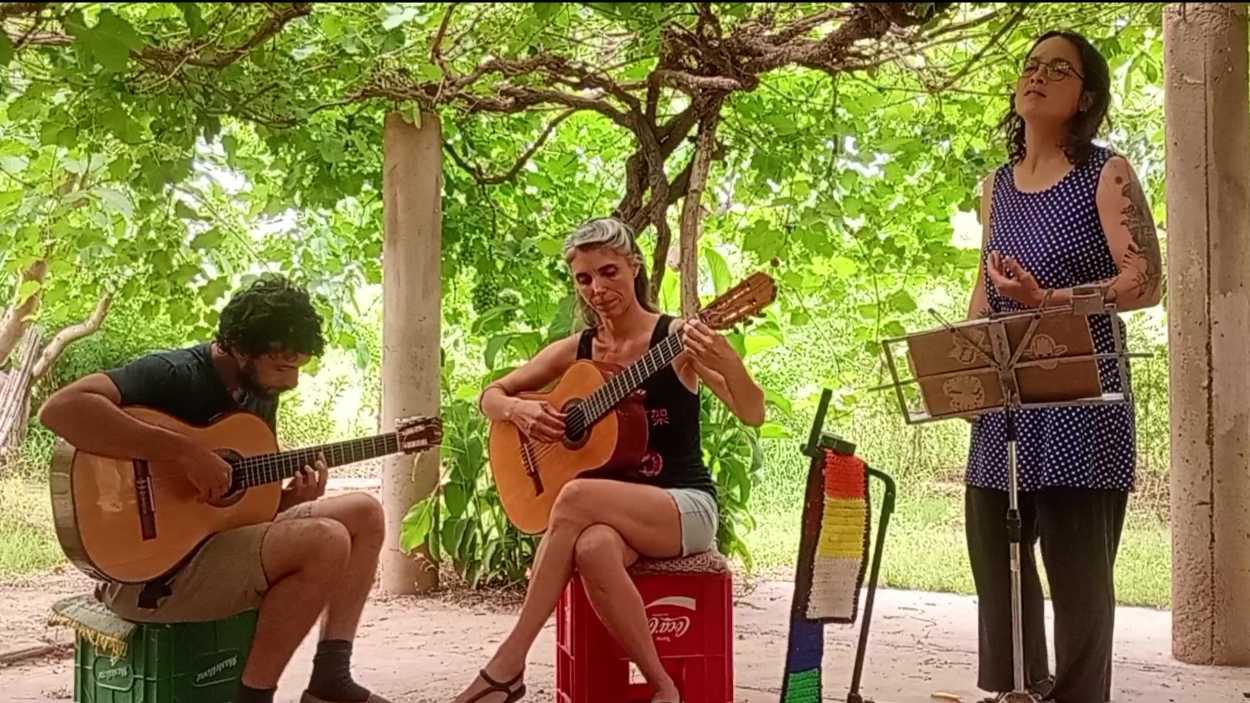Uncanny Landscapes: Alice Miceli Interviewed by Louis Bury
Uncanny Landscapes: Alice Miceli Interviewed by Louis Bury
"Miceli’s interest in what she calls 'impenetrable' landscapes raises questions not only about photography's literal and figurative stakes but also its technical and philosophical capacities," says Louis Bury about Projeto Chernobyl.
The lightboxes installed at eye level on black, temporary walls emit the only glow in an otherwise hushed, darkened gallery. Each lightbox illuminates an oversized photographic negative whose sooty contents evoke blurry, zoomed-in microscope slides. Yet these abstract-seeming images are in fact representational, the product of unique photographic processes that Brazilian artist Alice Miceli devised to capture traces of the invisible gamma radiation that will linger for millennia near the site of the 1986 Chernobyl Nuclear Power Plant disaster.
Through extensive, collaborative experimentation, Miceli discovered that gamma radiation—whose wavelengths are too short to be captured by traditional photographic processes—leaves behind marks on film when allowed months-long exposure times. At the Chernobyl site, she embedded human chest x-ray film throughout the landscape—sometimes literally burying it in the ground—then left it there for periods of between two to eight months to produce the core images of Projeto Chernobyl (2006–10).
Louis Bury: Where did the idea for Projeto Chernobyl come from?
Alice Miceli: It emerged from a study group in Rio with Charles Watson, a professor who was an influential mentor and a powerful critical thinker. We were tasked with contemplating how to represent silence visually. Chernobyl crossed my mind because I first imagined it to be an empty and silent place, on account of being abandoned. As a photographer, I became interested in the attempt to look at a place that doesn’t fully reveal itself in the visual. Chernobyl is thought to be empty but is in actuality filled with invisible gamma radiation, which is imperceptible to human senses, except for the destructive traces it leaves behind. It is an ontological question...








